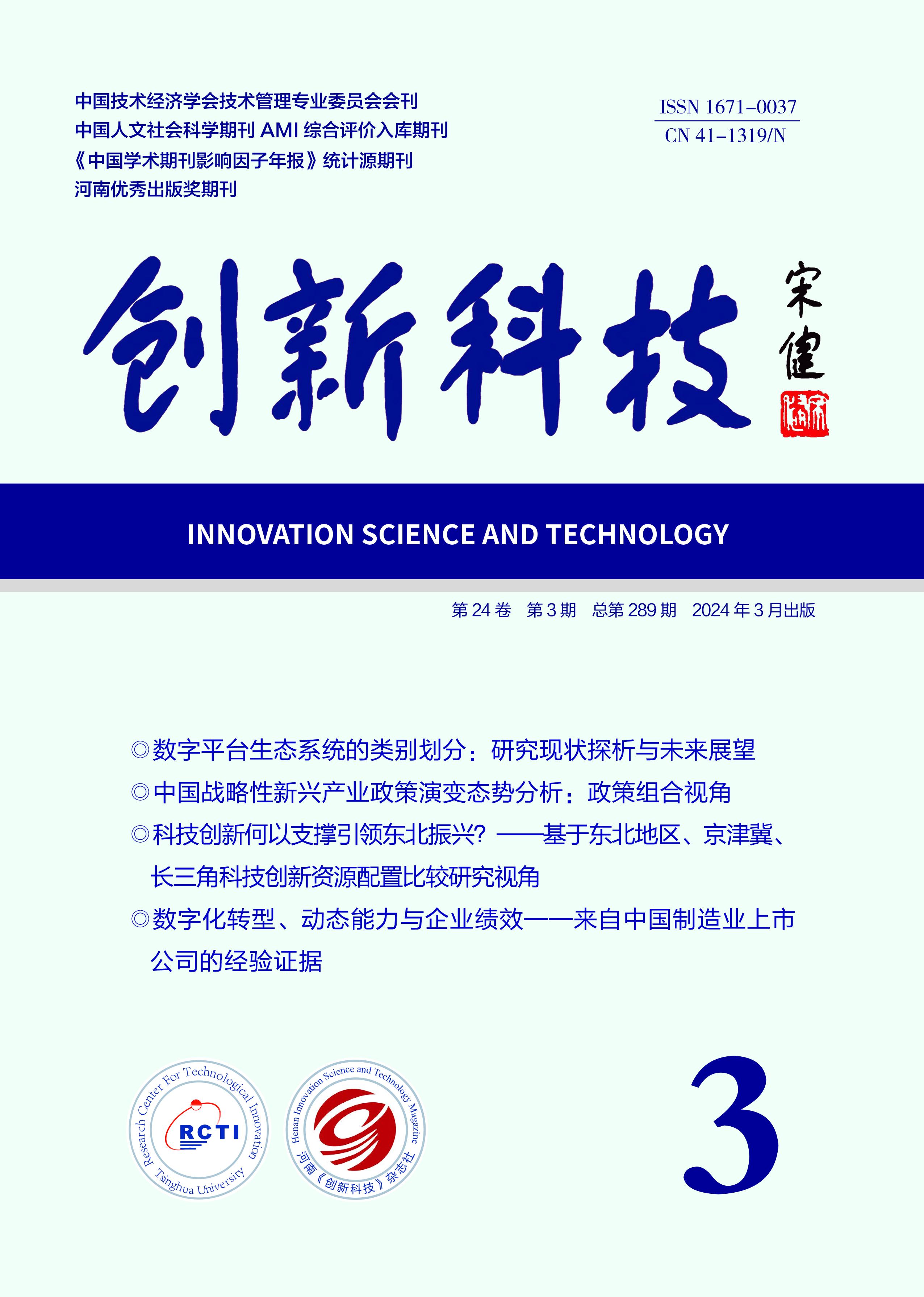INNOVATION SCIENCE AND TECHNOLOGY
Quick Search

All publication are peer-review
Peer review will take the from of double-blind review Judge objectively and impartially
There is no conflict of interest for the reviewer
Review articles shall be kept strictly confidential prior to publication
International Science & Technology Innovation Outlook
U.S. Chip Technology Alliance Portfolio Based on the Value Chain and Supply Chain and China's Countermeasures
Zhou Xiaoming1 , Lin Minmin2
(1.Academy of International Law and Global Governance, Wuhan University, Wuhan 430000, China; 2.School of Political Science & Public Administration, Wuhan University, Wuhan 430000, China)
Abstract: Semiconductor chip technology is a focal point in the current U.S.-China techno⁃ logical competition. Due to the high complexity of the chip technology value chain and supply chain, the United States has changed its technological alliance strategy from singular bilateral or multilateral alliances to an alliance portfolio that targets the entire chip value chain and supply chain. This approach aims to form a comprehensive ecosystem to hinder China's development in semiconductor chip technology. The core objective of this study is to explore how the United States leverages its technological advantage in chip design and manufacturing equipment to es⁃ tablish a multi-layered, multi-dimensional alliance portfolio. This research analyzes U.S. chip alliances from structural and subjective dimensions by utilizing a framework of alliance portfo⁃ lios and employing comparative and case analysis methods. The U.S. horizontal value chain alli⁃ ances (such as CHIP4 and SEEC) unite countries and regions with technological strengths in high value-added segments of chip production, thereby maintaining U.S. leadership in chip design and manufacturing equipment. Meanwhile, vertical supply chain alliances (such as QUAD, MSP, IPEF, and TTC) ensure the stability and security of the U.S. chip supply chain by integrat⁃ ing key material-producing countries and downstream market nations. While these alliance port⁃ folios bolster U.S. dominance in the global chip industry chain, internal structural competition, diverging interests, and varying perceptions among allies regarding China's technological rise hinder seamless cooperation within the U.S. alliance network. This study provides strategic in⁃ sights for China in countering U.S. chip technology alliance portfolios. From a structural perspec⁃ tive, China can capitalize on its comparative advantages in the chip value chain and supply chain nodes, particularly in assembly, testing, and raw material supply. By strengthening coop⁃ eration with countries involved in the global chip supply chain, especially those in resource-rich regions like Africa and Latin America, China can expand its structural advantages and ensure the diversity and security of its supply chain. From a subjective perspective, China should strengthen economic and trade relationships with U.S. allies by using its physical resources, em⁃ phasizing reciprocity and mutual development. Additionally, China should actively engage in shaping global technological rules through platforms such as international standardization organi⁃ zations. This engagement will enhance its institutional discourse right in global tech governance, thereby weakening the cohesion of U.S.-led alliances and opening up global cooperation opportu⁃ nities for the development of Chinese chip technology.
Key words: alliance portfolio; chip technology; chip value chain; chip supply chain; U. S. - China science and technology competition